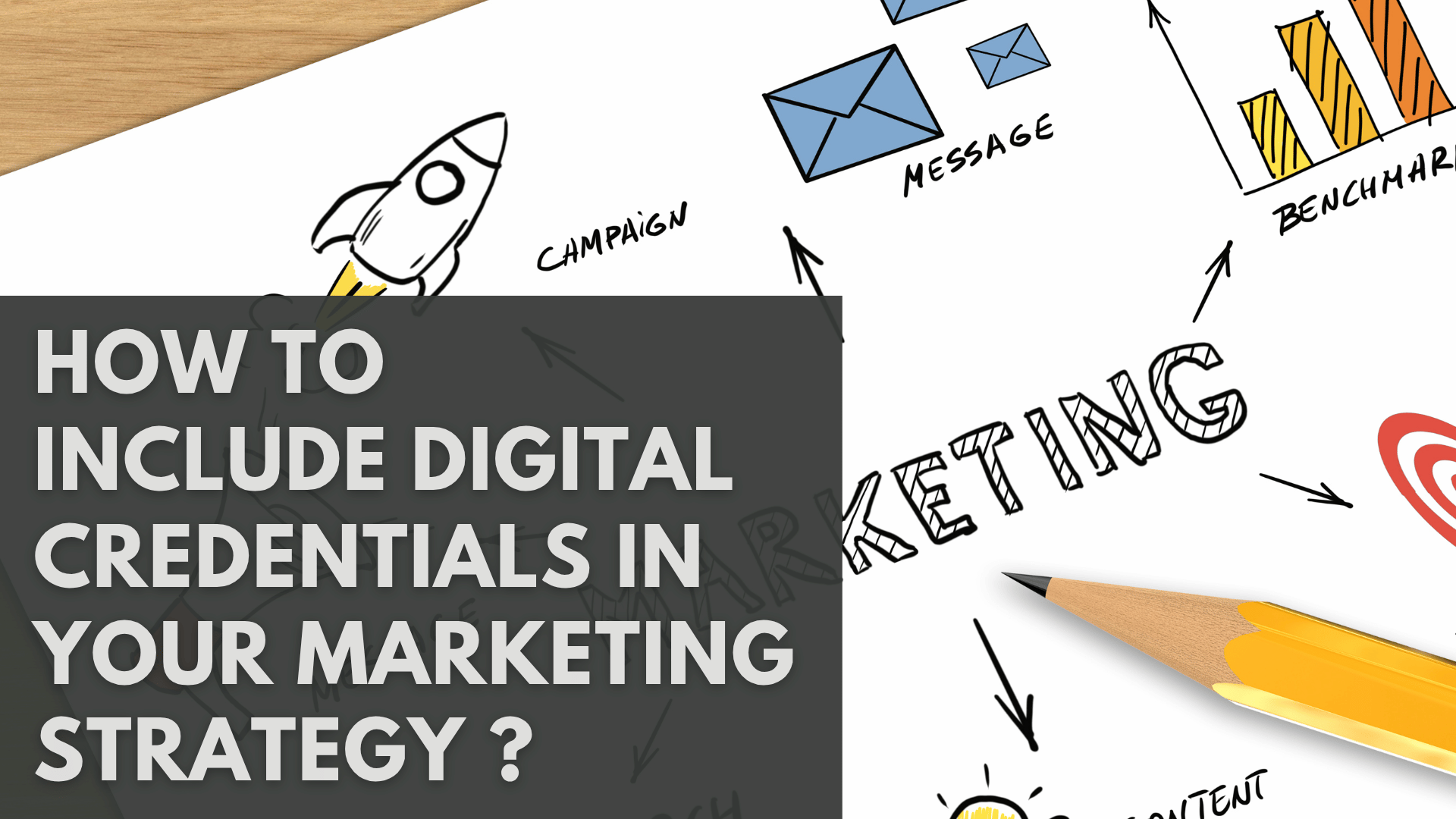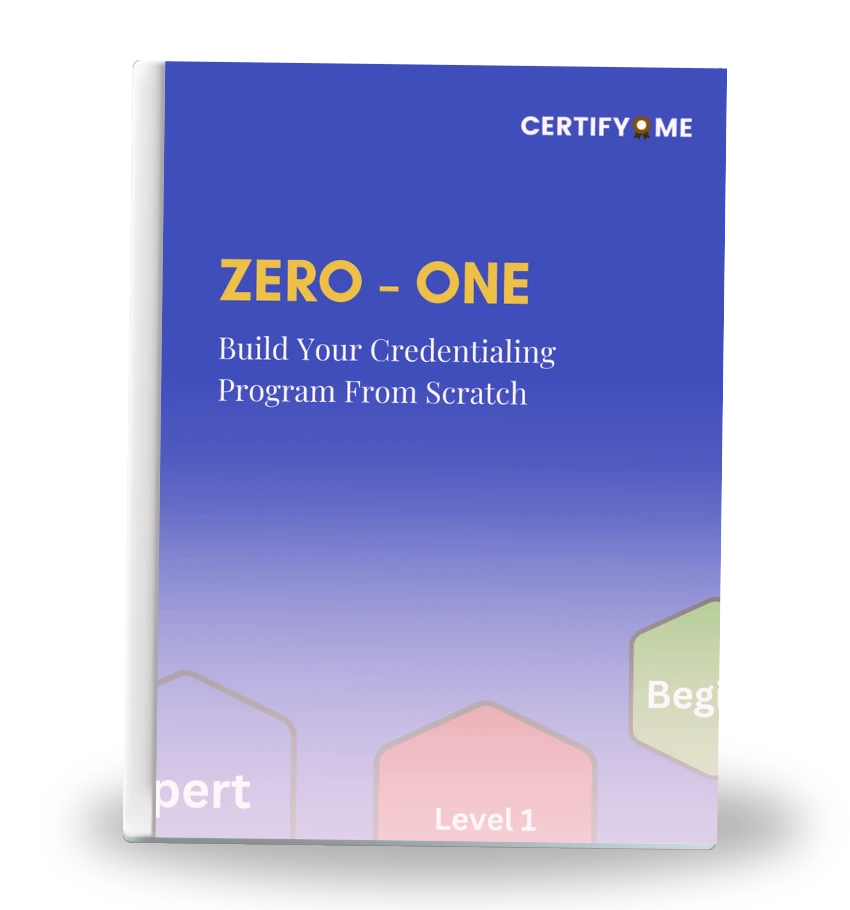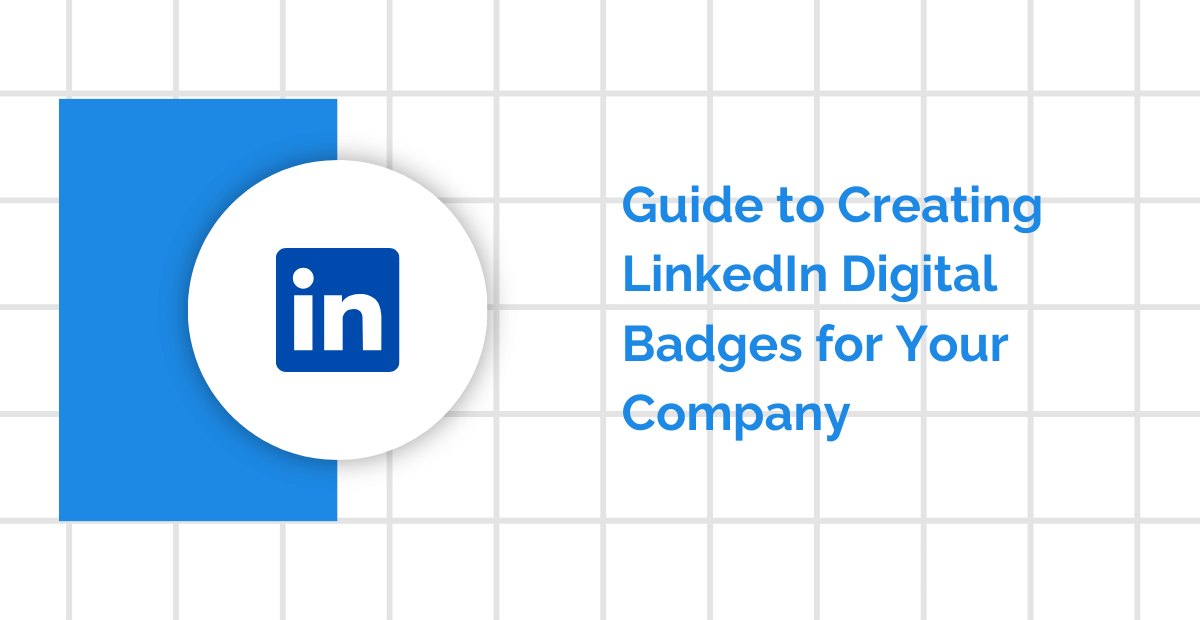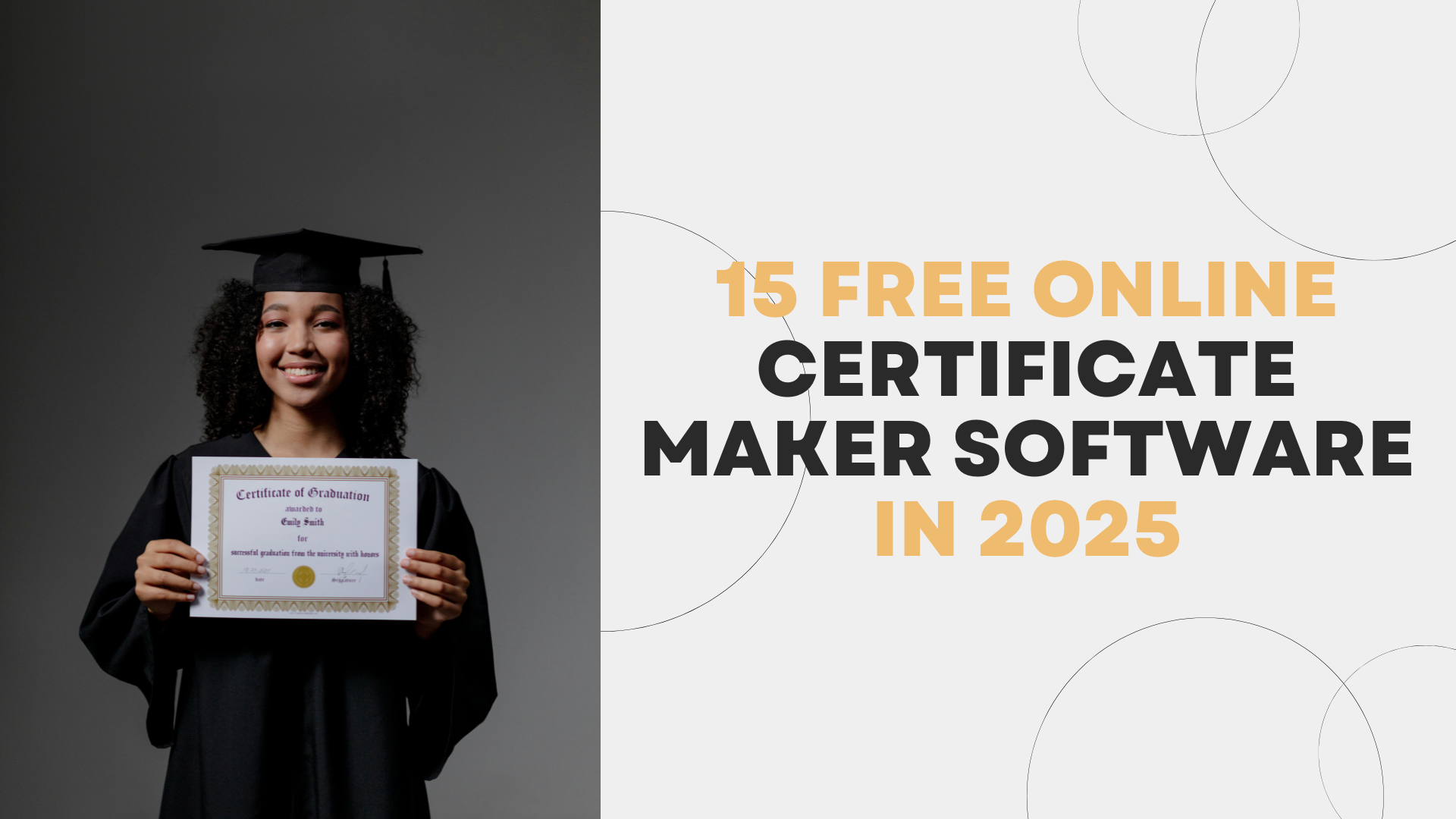Ever seen someone post a digital badge on LinkedIn and wondered what that’s all about?
That little badge isn’t just a sticker—it’s a quiet signal of credibility, effort, and growth. For colleges and universities, it’s also a powerful, often underused, marketing tool. When a student or staff member shares their credentials, it tells their entire network: “Hey, this place gave me something real, and I’m proud of it.”
In this blog, we’ll unpack how digital credentials can fit naturally into your email campaigns, social posts, and virtual events to boost engagement and build trust—without sounding like a sales pitch.
Let’s dive in and see how your marketing strategy can grow simply by recognizing what people already do well.
What Are Digital Credentials, Really?
Picture this: You complete a leadership workshop, ace every module, and then—boom—you get a badge. Not a shiny metal one you pin to your shirt, but a digital badge. It’s verifiable. It’s clickable. It lives on the internet. And it tells the world: You did something meaningful.
That’s a digital credential in action.
At its core, a digital credential is an online record of a skill, achievement, or certification. It can be in the form of:
-
A digital badge
-
A verified certificate
-
A micro-credential
And these aren’t just fancy PNGs. They carry embedded metadata—details about the issuer, the criteria, and how it was earned. If someone clicks on it, they can see exactly what it means.
So, no fluff. Just real, visible proof of learning or achievement.
For a deeper dive into how they’re built, check out this guide on verifiable digital credentials.
Why Should Marketing Even Care About Credentials?
Let’s be honest—marketing is tough these days. Everyone’s shouting. Every brand is promising “transformation” and “value.”
But who do we believe?
We believe people. Especially people we know.
When someone earns and shares a digital credential, they’re not just showing off—they’re endorsing your brand, much like alumni who showcase a digital marketing course from your institution to signal practical, job-ready skills.
Think about it like this: If a student posts their newly earned digital badge from your institution on LinkedIn, that post does something magical. It reaches friends, family, peers—people you probably couldn’t reach otherwise. And more importantly, it doesn’t come off as a pitch. It feels authentic.
That’s the power of social proof—a psychological phenomenon where people copy the actions of others, especially when uncertain. (“If they trust it, maybe I should too.”)
This is where marketing meets meaning.
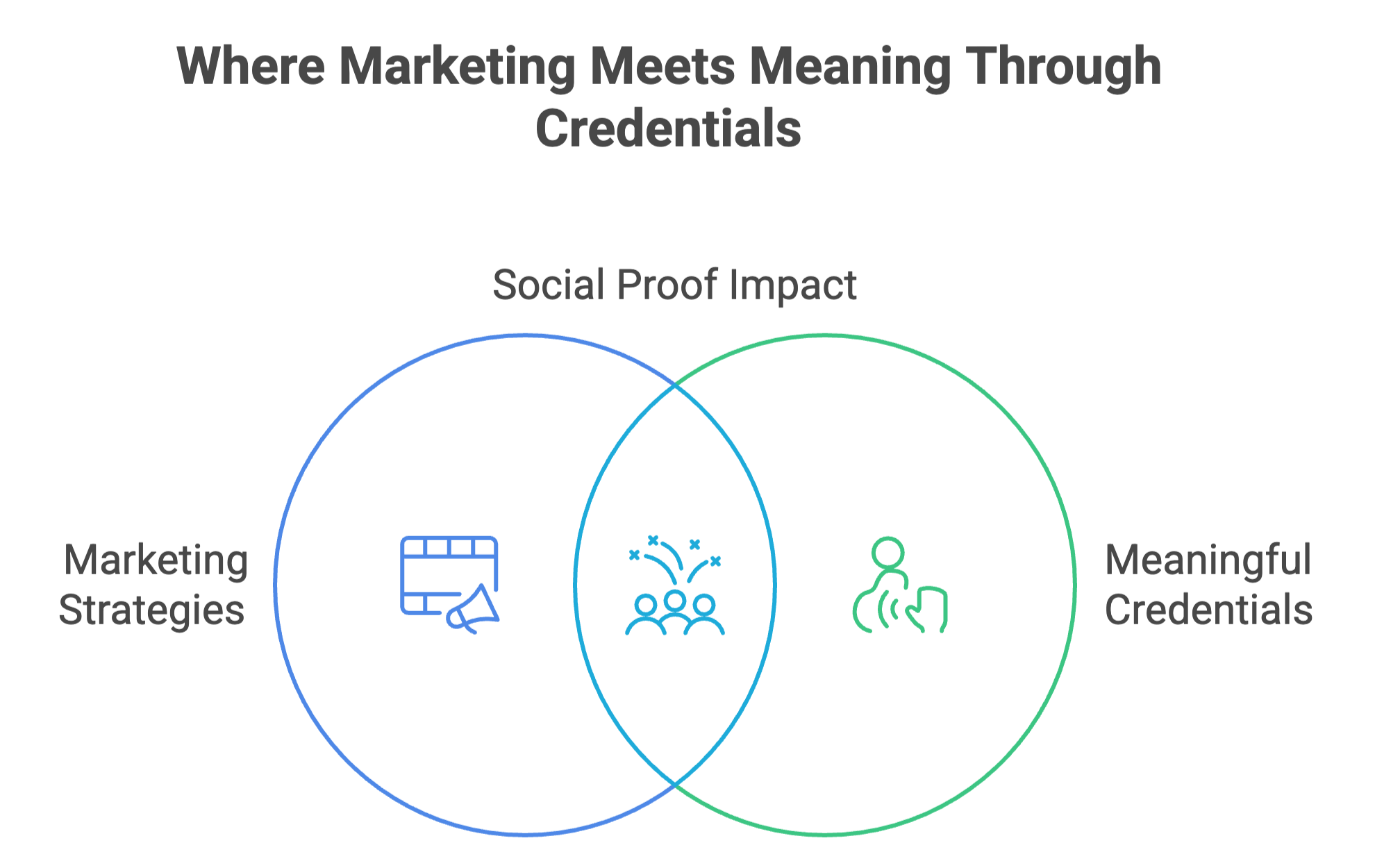
Using Digital Credentials in Your Marketing Toolkit
Now, how exactly do you use these credentials to boost your marketing strategy? Let’s break it down into three channels where they really shine.
a. Social Media: Turning Shares into Reach
Social media is noisy—but when someone shares something personal and celebratory, people stop scrolling.
Digital credentials are social gold.
They’re visual, clickable, and carry a feel-good vibe.
Example:
A student earns a credential from your university’s climate leadership program. They post it on LinkedIn with a caption:
“Proud to have completed the Climate Action Certificate with XYZ University!”
Boom. That’s free, authentic promotion.
And it’s not just about reach. It builds recognition. Over time, people begin to associate your institution with opportunities, growth, and trust.
Tips to make the most of it:
-
Use platforms like CertifyMe to issue verifiable credentials.
-
Make sharing easy—add social sharing buttons.
-
Encourage learners to tag your institution or use branded hashtags.
b. Email Campaigns: Make It Feel Personal
Email marketing often feels robotic. But not when it’s about celebrating real achievements.
Let your email campaigns reflect recognition, not promotion.
Example Email Subject Lines:
-
“You’ve Earned It—Now Show It Off!”
-
“Your Badge Is Ready to Share!”
When students or staff receive emails celebrating their new credential, they’re more likely to engage with it. You can even guide them:
-
How to share it on LinkedIn
-
How to embed it in their email signature
-
Where to showcase it on their resume
This creates a loop:
Credential earned → Email reminder → Social share → More visibility.
And if you’re running drip campaigns, don’t forget to:
-
Segment your lists by course, program, or credential type.
-
Use merge tags to personalize names and achievements.
Looking for inspiration? Campaign Monitor offers great tips on email personalization.
c. Online Events and Webinars: Show, Don’t Just Tell
You’ve hosted webinars or conferences before—but how many of your attendees walked away with something tangible?
Adding a digital credential to your event experience changes that.
Not only does it boost attendance, but it also encourages sharing post-event. People love recognition.
Use cases:
-
Issue a certificate for attending a mental health seminar.
-
Give speakers a badge they can showcase.
-
Let students earn micro-credentials for participating in virtual leadership programs.
Want to know how event professionals are using this approach? Here’s how digital credentials fit into the events and meetings world.
And then—use those credentials in your marketing collateral.
Highlight badge holders in your newsletters. Invite them to speak in future events. Share their stories on social media.
It creates a cycle of engagement that feels natural, not forced.
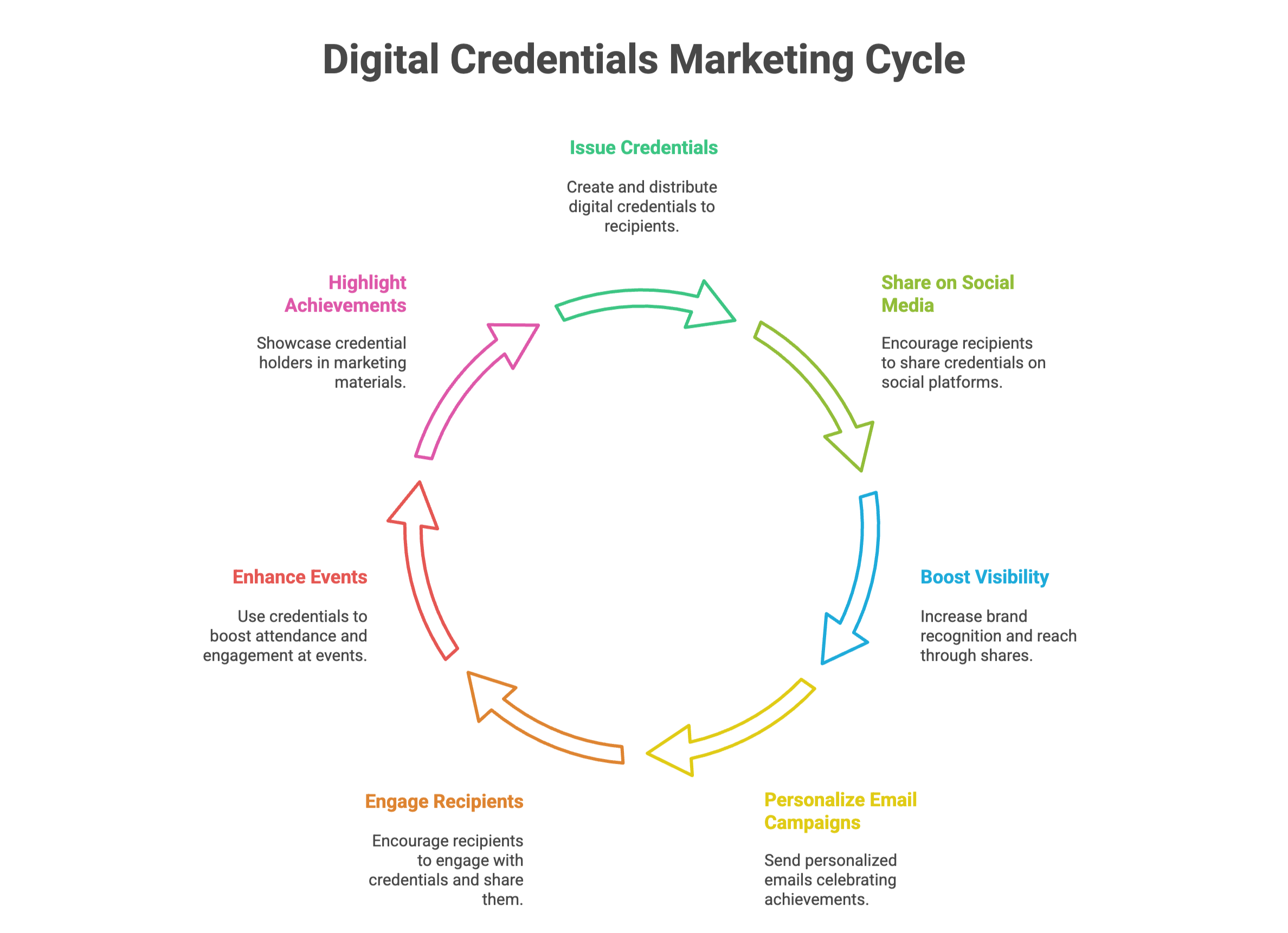
Small Moves, Big Impact: What’s in It for You?
Let’s connect the dots.
If learners share your credentials online →
More people discover your institution →
More trust is built through proof →
More potential students or partners come your way.
It’s a domino effect.
Here’s what you get by integrating digital credentials into your marketing strategy:
Higher Engagement
People respond to real stories and celebrations.
Authentic Promotion
Credential earners become brand ambassadors.
Broader Reach
One badge can travel across platforms—from email to Twitter to LinkedIn.
Boosted Brand Trust
You’re not just saying you offer value—you’re showing it.
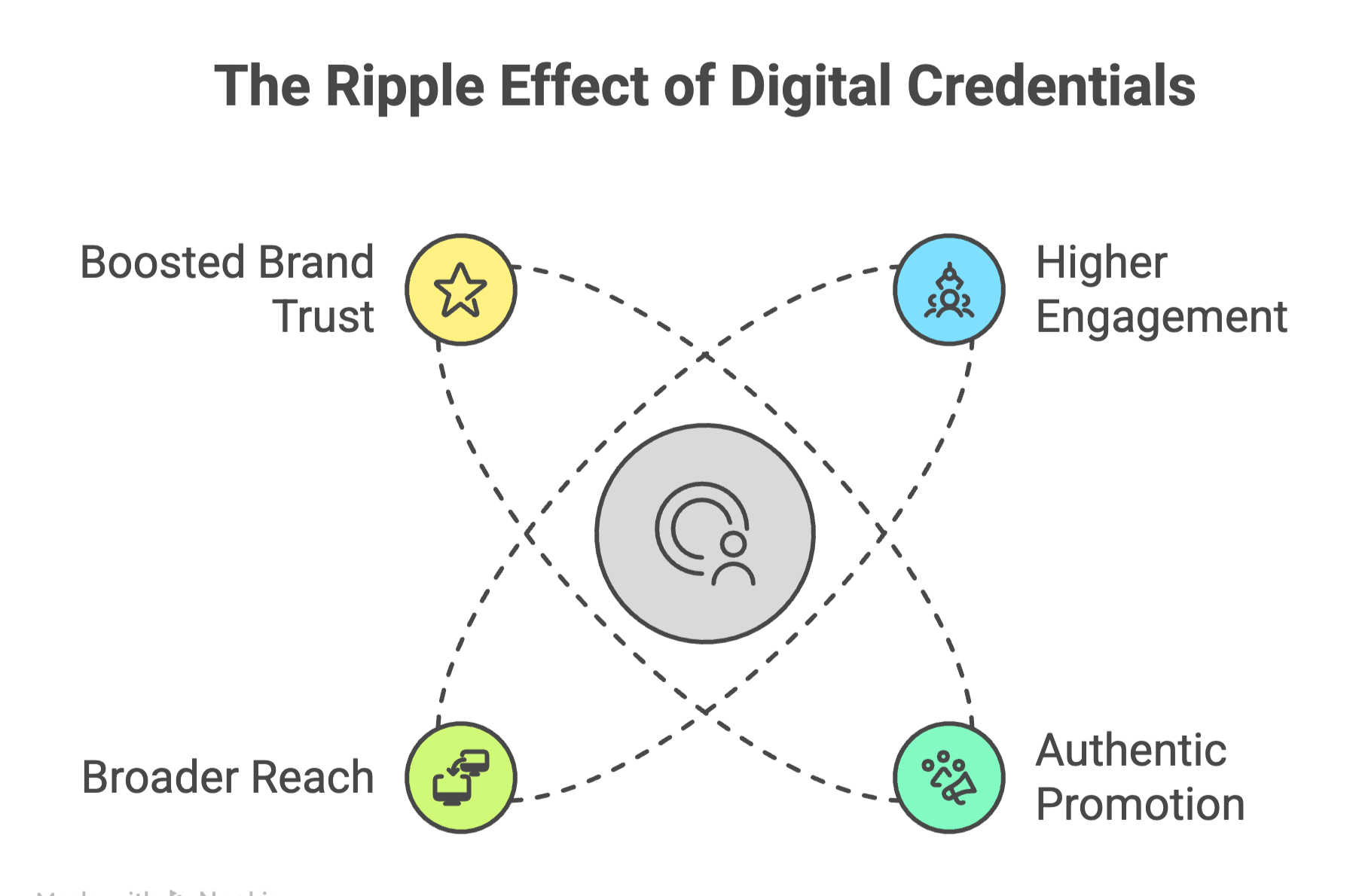
To explore more ways digital credentials can improve your brand visibility, check out how digital credentials help increase brand awareness.
A Gentle Heads-Up: What Not to Do
Of course, even good strategies can go off track if not handled with care. Here are a few caution flags:
-
Don’t push learners to share.
Encourage it, yes. But sharing should feel empowering, not pressured.
-
Avoid over-branding the credential.
Yes, it should carry your logo—but don’t make it feel like a banner ad.
-
Don’t forget the “human” part.
Remember, a credential is more than a file. It’s a symbol of effort, growth, and success.
Think of it as a digital sticker a learner is proud to wear. Your job is to make it meaningful.
So, How Do You Actually Start?
You don’t need to be a tech wizard or marketing guru to use digital credentials effectively. Think of it like learning a new recipe—start with a few ingredients, follow the steps, and adjust to your own flavor.
Here’s how to ease into it:
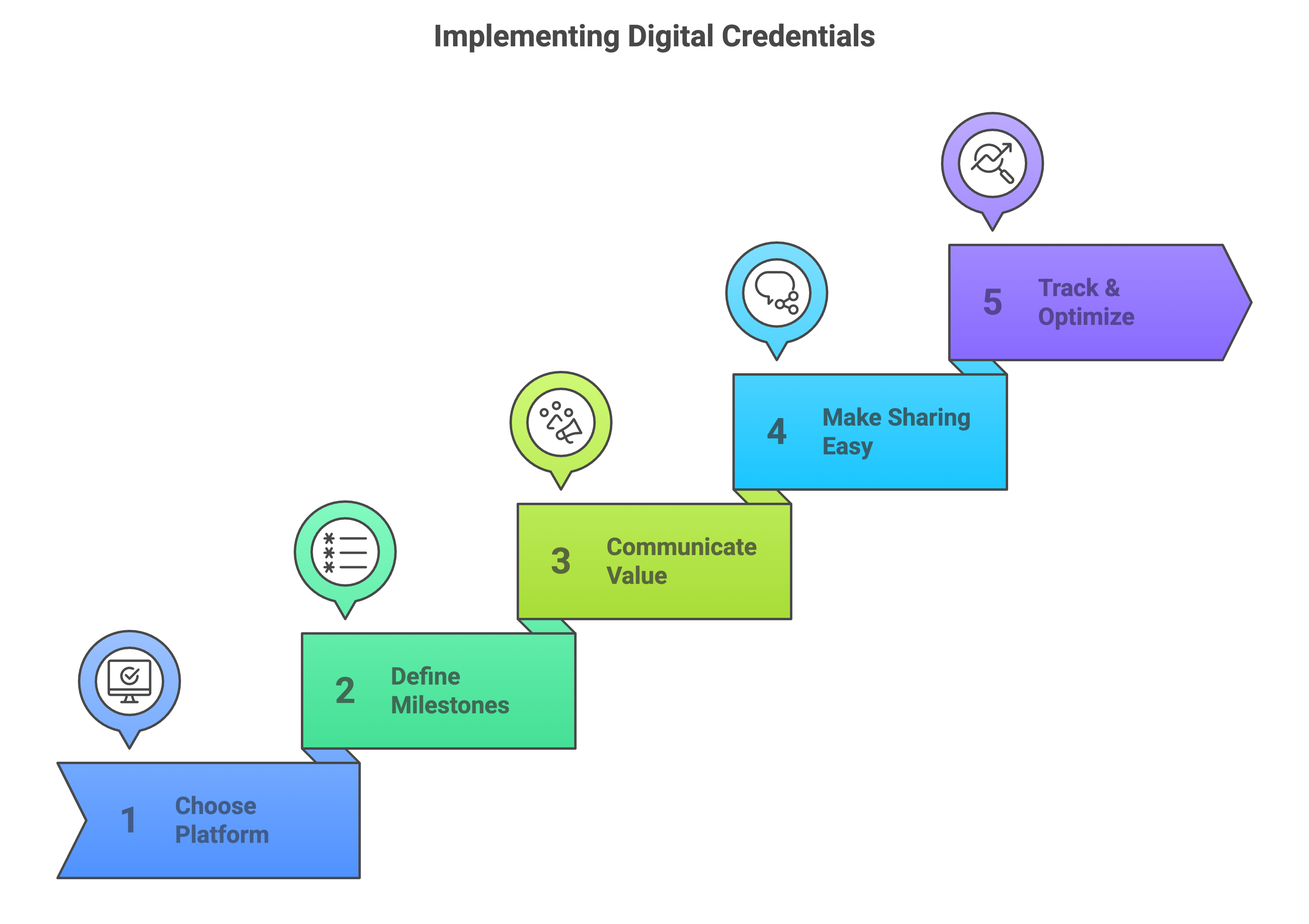
Step 1: Choose a Credentialing Platform
Don’t try to badge your entire campus overnight—that’s too much, too fast.
Instead, choose one program that’s already active—like a career workshop, student leadership training, or even a short course run by a faculty member.
This helps you test the waters and get comfortable with the process of issuing credentials, seeing how students respond, and gathering early feedback.
Think of it as your pilot run—low risk, high learning.
Step 2: Define Milestones
Decide what learning or participation moments earn credentials.
-
Course completion
-
Webinar participation
-
Event attendance
-
Skill demonstration
A digital badge isn’t just about looking nice—it needs to mean something.
That means attaching context: What was the learning? What did the student do to earn it? What skills does it show?
When someone clicks the badge, they should see the story behind it—like a mini resume that speaks for itself.
If the badge doesn’t say something useful or honest, people won’t share it.
Step 3: Communicate the Value
Let your learners know:
-
What the credential means
-
Where they can use it
-
Why it matters in the real world
Students don’t always know what to do with a badge—so make it clear.
Add a one-liner in your email: “You’ve earned a badge! Add it to your LinkedIn or Instagram story with one click.” You can even offer a quick how-to guide or short video tutorial for posting it on platforms like LinkedIn, Twitter, or personal websites.
The easier you make it to share, the more likely it is to travel—and when it travels, your brand travels too.
Step 4: Make Sharing Easy
Add:
-
Pre-written LinkedIn captions
-
Visual previews
-
“Add to profile” buttons
You don’t have to start new marketing campaigns from scratch—just fit credentials into the stuff you already do. Add a credential showcase to your monthly newsletter or highlight a student’s badge in your Instagram stories.
Include a digital credential section on event pages or open house brochures to show prospective students what they could earn.
It’s all about weaving credentials into your current communication flow, not stacking more work on top.
Step 5: Track and Optimize
Use analytics tools to see:
-
Who’s sharing
-
Which credentials get more views
-
Where engagement is highest
This step isn’t about spreadsheets or stress—it’s about simple signals.
How many students clicked the badge? How many shared it? Did anyone leave feedback? Even light tracking gives you clues about what’s working and what feels flat. Over time, you’ll know which programs spark the most engagement and how to refine your approach.
Final Thoughts: Why This Matters Now More Than Ever
We live in a world where trust is currency—and noise is constant.
People want proof, not promises.
By integrating digital credentials into your marketing strategy, you’re doing more than riding a trend. You’re building relationships. You’re giving learners something to be proud of—and in return, they’re helping you reach the next potential learner.
Even edtech platforms are tapping into this value—take a look at how digital credentials are fueling growth in the edtech space.
That’s not marketing. That’s community.
Quick Recap: What You Learned
-
Digital credentials are visual, verifiable records of learning.
-
They’re powerful tools for social proof and organic reach.
-
Use them across social media, emails, and online events.
-
Avoid overbranding or coercion—keep it human.
-
Start small: choose a platform, define goals, and help learners share.
Conclusion
So, here’s the big picture: digital credentials aren’t just about showing off skills—they’re about sharing stories. When students or staff post a badge or certificate, they’re saying, “I learned something that matters.” And if your institution is smart about how that story gets told, it can spark conversations, build trust, and quietly expand your reach. It’s subtle, but it works.
The good news? You don’t need to overhaul your whole marketing plan—just thread credentials into what you’re already doing. A few thoughtful touches in your email footers, event follow-ups, or even your school’s social handles can go a long way. Start where it feels natural, watch how people engage, and keep it simple.
If you’re curious how to make that process smooth and stress-free, CertifyMe can help you issue and manage digital credentials without adding to your workload. It’s designed to be flexible, easy to use, and—more importantly—something your students will actually want to share.
Want to see how it works for your campus? Book a quick demo and we’ll walk you through it.

 Author :
Author : 